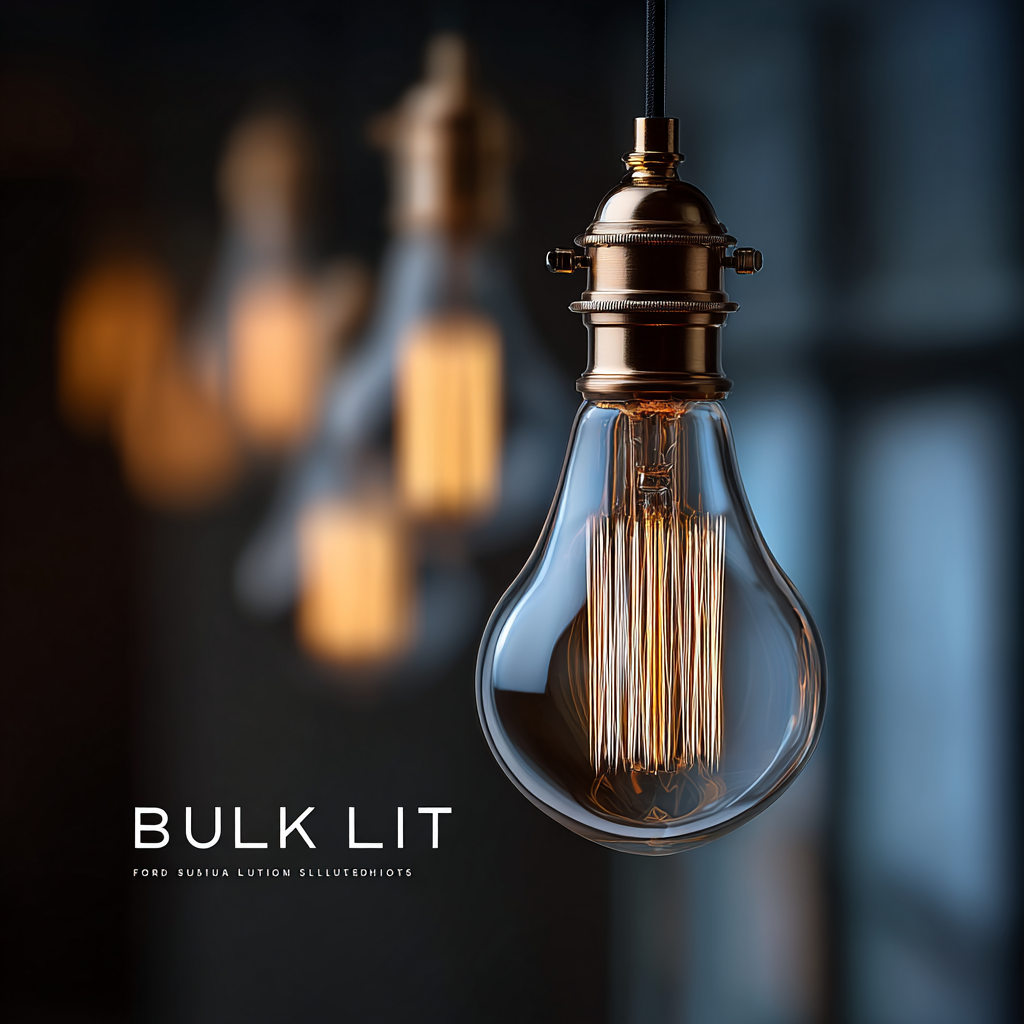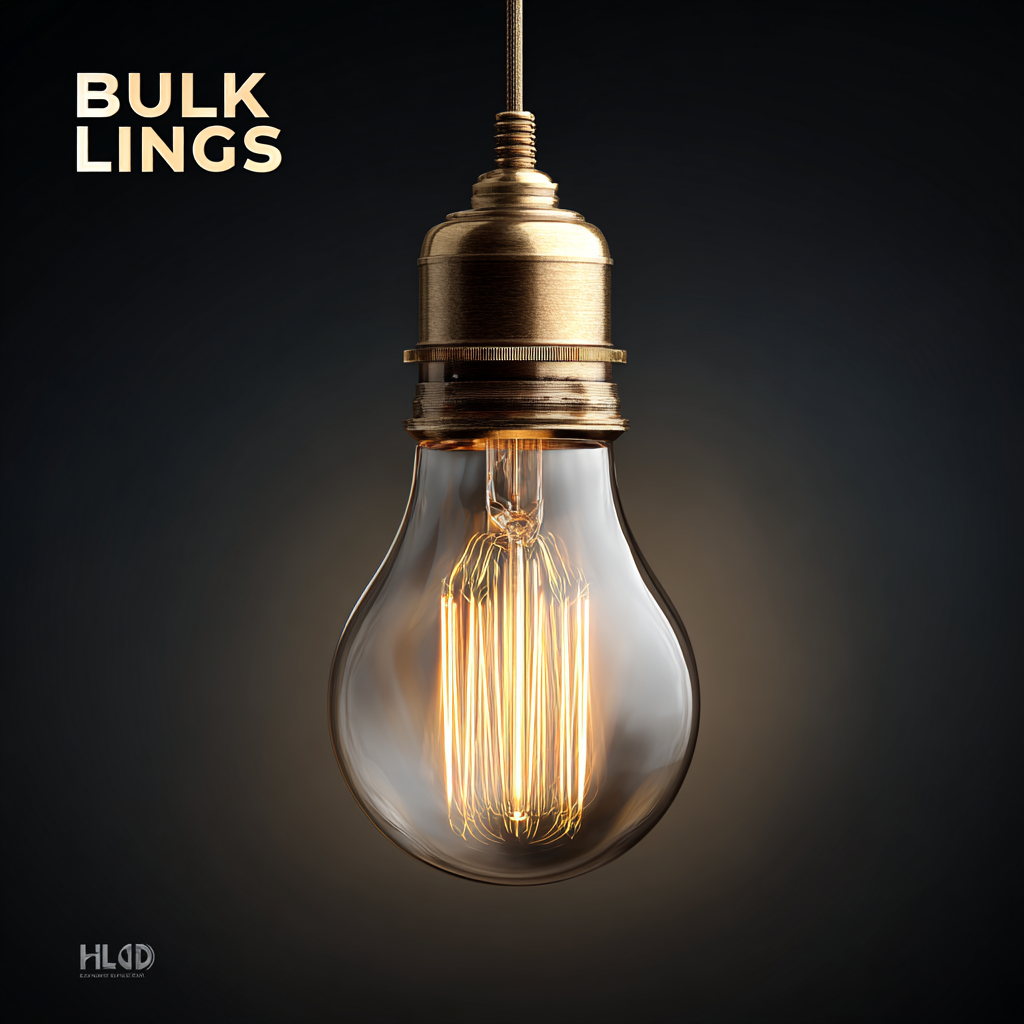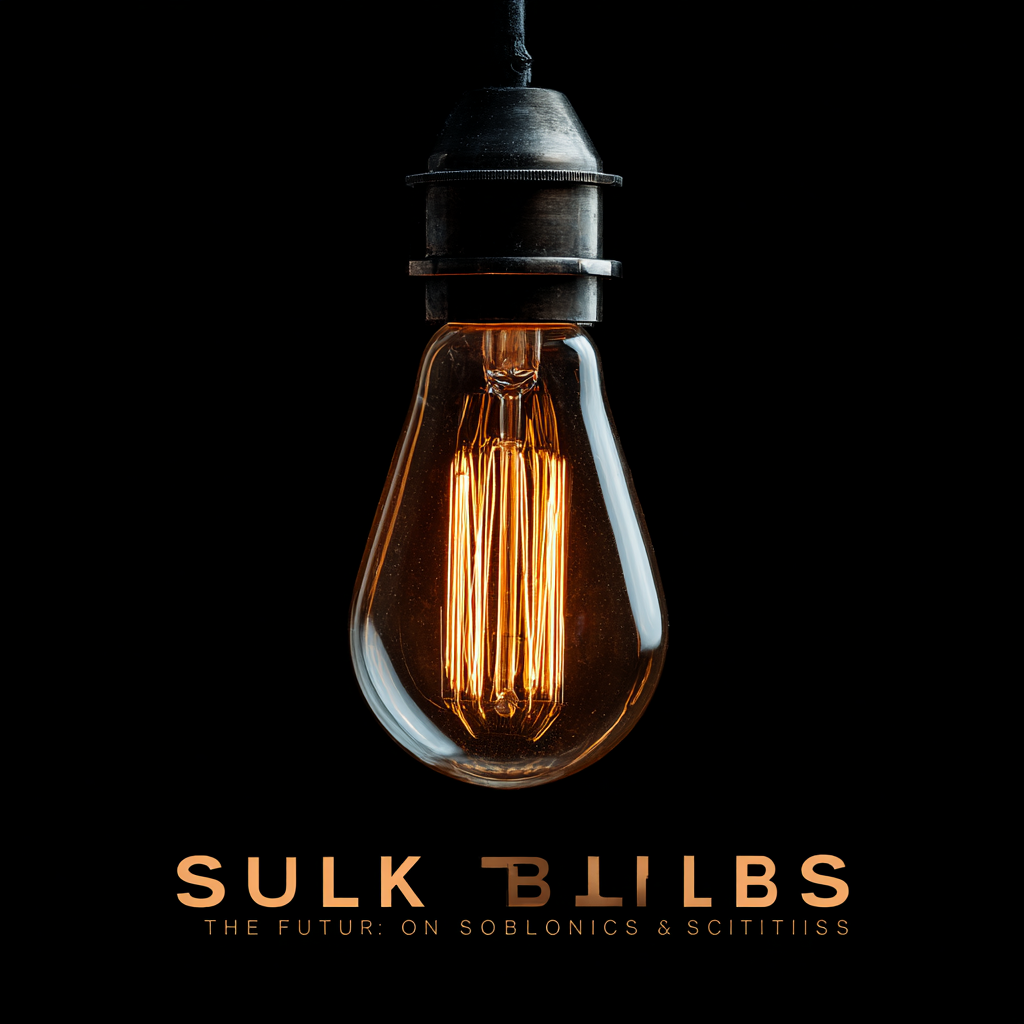The Future of Sustainable Lighting Solutions for Global Buyers
As the demand for energy-efficient solutions intensifies globally, the market for sustainable lighting is witnessing unprecedented growth. According to a recent industry report, the global LED lighting market is projected to reach $105.61 billion by 2026, growing at a CAGR of 13.4% from 2021 to 2026. Bulk light bulbs, a key component in this transformation, are becoming increasingly popular among manufacturers and consumers alike due to their longevity and reduced environmental impact. With innovations in smart lighting technologies and energy regulations pushing for lower carbon footprints, buyers worldwide are now prioritizing products that not only meet their functional needs but also align with sustainability goals. This blog will explore the latest advancements in sustainable lighting solutions, focusing on the detailed technical specifications and top types of products available in the market today.

The Rise of LED Technology in Sustainable Lighting Solutions
The world is witnessing a significant shift towards sustainability, and LED technology stands at the forefront of this transformation in lighting solutions. Once considered a niche product, LEDs have rapidly gained prominence due to their energy efficiency, long lifespan, and low environmental impact. As global buyers increasingly prioritize sustainable practices, the adoption of LED technology in both commercial and residential sectors is becoming more widespread. This rise in popularity not only helps reduce energy consumption but also significantly lowers greenhouse gas emissions, aligning with the objectives of many countries aiming for carbon neutrality.

In addition to their environmental benefits, LED lights offer versatility and adaptability. They come in various shapes, sizes, and color temperatures, making them suitable for diverse applications, from street lighting and office spaces to home environments and architectural designs. Manufacturers are continuously innovating, producing smart lighting solutions that can be controlled via mobile apps or integrated into smart home systems, further enhancing the user experience while maintaining sustainability. As global buyers seek reliable and eco-friendly options, the rise of LED technology is a beacon of hope for a brighter, greener future.
China's Dominance in Global Lighting Manufacturing: Facts and Figures
As global demand for sustainable lighting solutions continues to rise, China has solidified its position as the dominant player in the lighting manufacturing sector. According to recent data from Market Research Future, the global LED lighting market is expected to grow to over USD 105 billion by 2025, with China accounting for nearly 40% of this growth. This remarkable statistic underscores China's strength in both production capacity and technological advancement, enabling it to offer competitive pricing while pushing the boundaries of innovative lighting solutions.
For buyers looking to navigate this bustling market, here are a few tips: First, consider suppliers who prioritize sustainability in their manufacturing processes. Many Chinese companies are investing heavily in eco-friendly production techniques, aligning with global trends towards energy efficiency. Second, take the time to analyze the certifications of lighting products. The presence of certifications like the Energy Star or RoHS can indicate compliance with international standards and commitment to sustainability. Lastly, collaboration with local distributors can ensure access to the latest advancements in lighting technology while benefitting from localized support and expertise.
As China continues to expand its influence in global lighting manufacturing, buyers must remain informed and strategic in their purchases, fostering a future where sustainable lighting solutions become the norm across the globe.
The Future of Sustainable Lighting Solutions for Global Buyers
This chart illustrates the projected market share of sustainable lighting solutions by various technologies in 2025, highlighting China's significant role in global lighting manufacturing.
Market Trends: The Shift Towards Eco-Friendly Lighting Products
As the world increasingly shifts towards eco-friendly solutions, the sustainable lighting market reflects this trend with significant growth projections. The LED lighting segment, characterized by energy efficiency and longevity, is expected to drive this transformation. Regulatory efforts advocating for energy-saving solutions and escalating consumer demand for sustainability are pivotal factors influencing this shift. By 2032, the environmental lighting market is poised to flourish as innovations in LED technology continue to expand its presence across residential and commercial settings.
In conjunction with sustainable lighting, the high-end lighting sector is anticipated to thrive as well. The market is projected to reach a valuation of $20.26 billion by 2024, with a compelling compound annual growth rate (CAGR) exceeding 7.7% from 2025 to 2034. This growth is predominantly fueled by the rising demand for luxury and aesthetically pleasing lighting options. As buyers become more discerning, they are increasingly inclined to invest in high-quality, eco-friendly products, underscoring the intersection of sustainability and luxury in the lighting industry.
Innovative Materials and Technologies Driving Sustainable Lighting
As the global demand for sustainable lighting solutions intensifies, innovative materials and technologies are at the forefront of this transformation. Recent reports indicate that the global LED market alone is expected to reach $150 billion by 2025, driven by the need for energy-efficient lighting. Technologies such as organic light-emitting diodes (OLEDs) are emerging as viable alternatives, offering both aesthetic appeal and energy savings. By 2030, it’s projected that OLEDs could account for approximately 25% of the general lighting market, thanks to their flexible designs and lower energy consumption rates.
Moreover, advancements in smart lighting systems are revolutionizing energy management. According to a study by Sciencedirect, integrating IoT with lighting can lead to energy savings of up to 80%. Sustainable materials like recycled aluminum and bio-based plastics are also being incorporated into lighting fixtures, reducing the carbon footprint of production processes. This aligns with the growing emphasis on circular economy practices, where up to 90% of materials can be reused or recycled, making these innovations not only eco-friendly but also economically advantageous for manufacturers and consumers alike.

Consumer Preferences: The Growing Demand for Energy-Efficient Lighting Solutions
As the world increasingly prioritizes sustainability, consumer preferences are shifting towards energy-efficient lighting solutions. With advancements in technology, buyers now have access to a range of options that not only reduce energy consumption but also enhance the aesthetic appeal of their spaces. This growing demand is reflected in the rising popularity of LED lights and smart lighting systems that adjust to user preferences while minimizing waste.
When selecting energy-efficient lighting, consider a few key tips: First, assess the lumen output rather than just focusing on wattage. This will help you choose lights that provide adequate illumination while being energy-conscious. Second, explore smart lighting options that allow for scheduling and remote control, enabling you to further optimize energy use, especially in homes or offices with variable occupancy.
Lastly, look for products with trusted energy efficiency certifications, such as ENERGY STAR labels. These labels ensure that the lighting solutions meet strict guidelines for energy performance, offering peace of mind for consumers committed to sustainability. By making mindful choices, buyers can play a significant role in promoting a greener future through their lighting selections.
